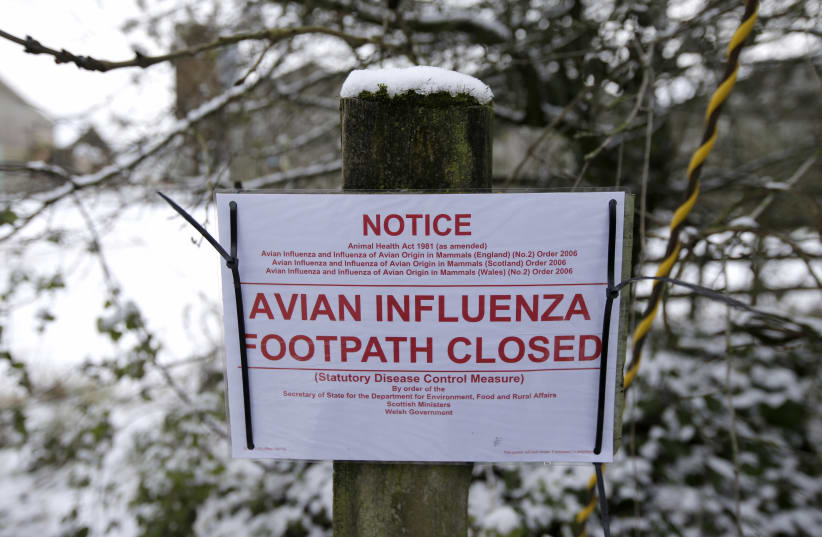Five human cases of the H5N6 strain of avian influenza have been reported in China in recent weeks, the Center for Health Protection (CHP) of the Hong Kong Department of Health reported on Thursday. Two of the patients have died.
Four out of the five cases had confirmed exposure to poultry, although it is as of yet unclear how the fifth case got infected, according to the Department of Health. All the cases were infected in December.
The World Health Organization (WHO) reported on Friday that all the cases had a history of exposure to poultry prior to infection and that none of their family members had developed symptoms. No epidemiological links were found between the five cases.
Additionally, between January 7 and 13, four new cases of human infections of the H9N2 strain of bird flu were reported in China. All four are in mild condition and have already recovered. All had a history of poultry exposure and no epidemiological links were found between the four cases. 24 cases of H9N2 were reported in China in 2021.
A spike in the number of human infections caused by H5N6 has been reported in China in the past year.


According to the WHO, the rise in H5N6 cases may reflect the continued circulation of the virus in birds and enhanced surveillance due to the COVID-19 pandemic. The WHO added that the zoonotic threat remains elevated due to the spread of the viruses among birds, but that the overall pandemic risk associated with the strain of bird flu has not significantly changed.
The increase in human infections caused by the H5N6 subtype of avian influenza is causing concern among experts, who say that a previously circulating strain appears to have changed and could be more infectious to people.
"The increase in human cases in China this year is of concern. It's a virus that causes high mortality," said Thijs Kuiken, professor of comparative pathology at Erasmus University Medical Centre in Rotterdam, to Reuters.
On Friday, the United States Department of Agriculture (USDA) announced that a wild bird in South Carolina was found to be infected with highly pathogenic Eurasian H5 avian influenza, the first case of this variant of bird flu found in the US since 2016.
The bird, a wild American wigeon, was found in Colleton County, South Carolina. Other variants of the bird flu have been detected in the US in recent years.
The USDA added that the US Centers for Disease Control and Prevention (CDC) still considers the risk to the general public from the variant to be low. No human infections from the variant have occurred in the US.
The USDA advised people to minimize direct contact with wild birds and advised bird owners to practice good biosecurity and keep their birds isolated from wild birds.
A large number of bird flu outbreaks have been reported throughout Europe, Africa and Asia in recent weeks, mostly due to the H5N1 subtype, which comes from the H5 lineage, according to the World Organization for Animal Health.
Over a million birds were found to be infected with the variant in Israel in recent months, although Israel's Agriculture Ministry declared on Friday that the outbreak is now under control.
The OIE has urged countries to increase surveillance for HPAI outbreaks, as the virus has been reported in over 40 countries since July.
The H5N1, H5N3, H5N4, H5N5, H5N6 and H5N8 subtypes of HPAI are circulating in bird and poultry populations across the globe, sparking concern at OIE which called this an “unprecedented genetic variability of subtypes... creating an epidemiologically challenging landscape.”
Earlier this month, OIE Director General Monique Eloit told Reuters that "this time the situation is more difficult and more risky because we see more variants emerge, which make them harder to follow."
"Eventually the risk is that it mutates or that it mixes with a human flu virus that can be transmitted between humans then suddenly it takes on a new dimension," she added.
Germany’s Federal Research Institute for Animal Health, the Friedrich Loeffler Institute, told the German Deutsche Presse-Agentur (DPA) that Europe is experiencing its “strongest avian flu epidemic ever.”
The institute added that “there is no end in sight” as the virus spreads throughout the continent and around the world, with new cases reported on a daily basis.
